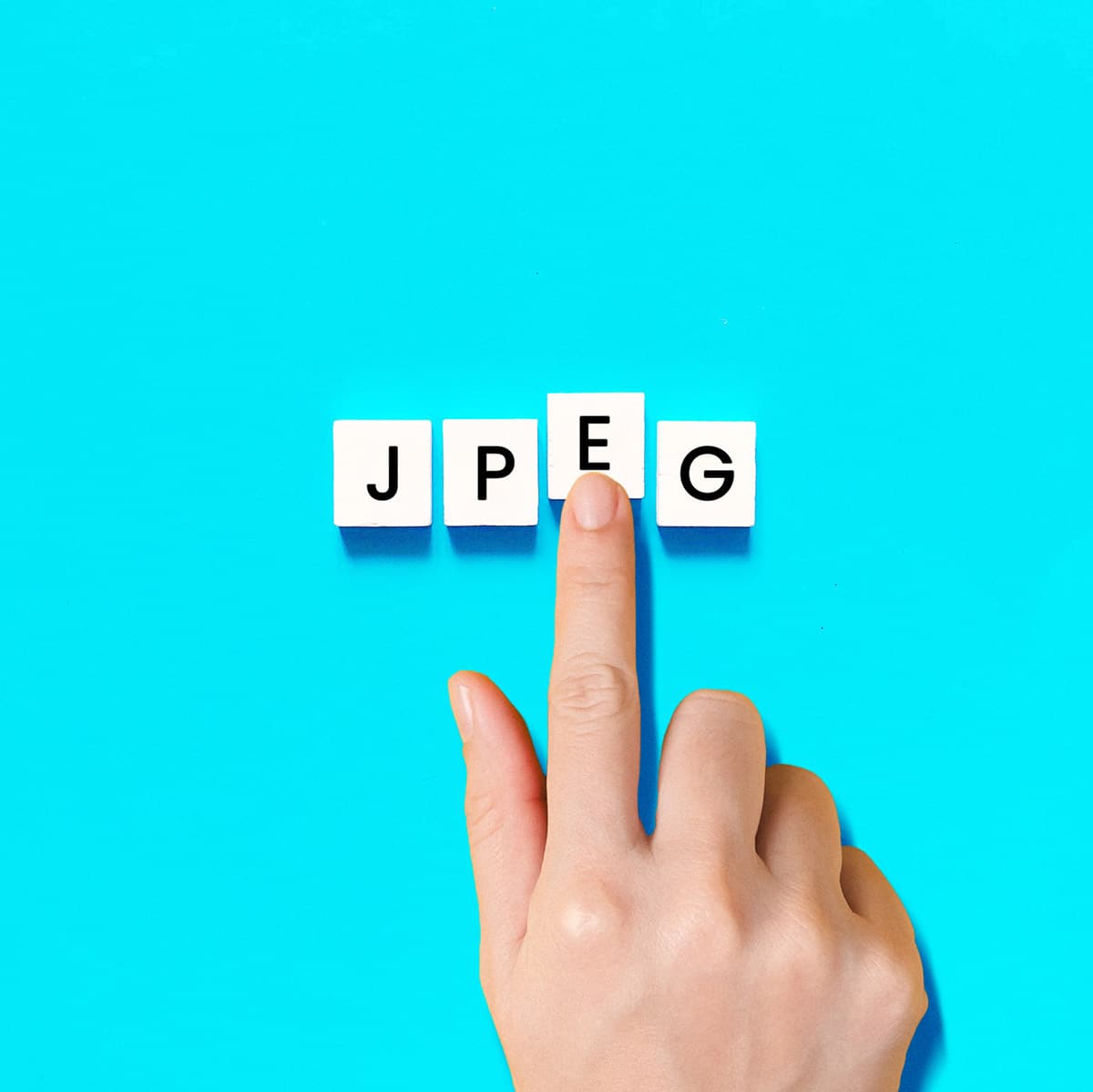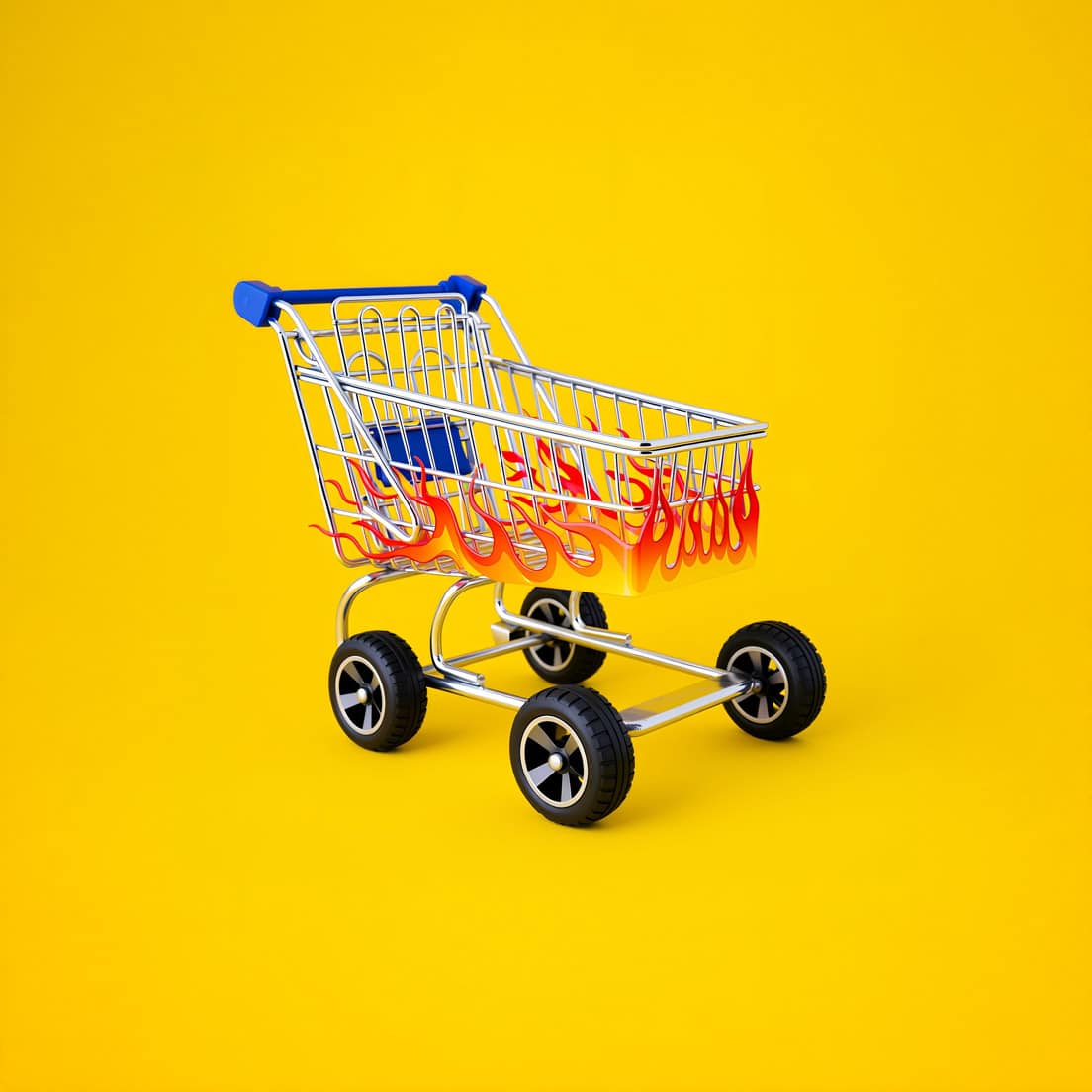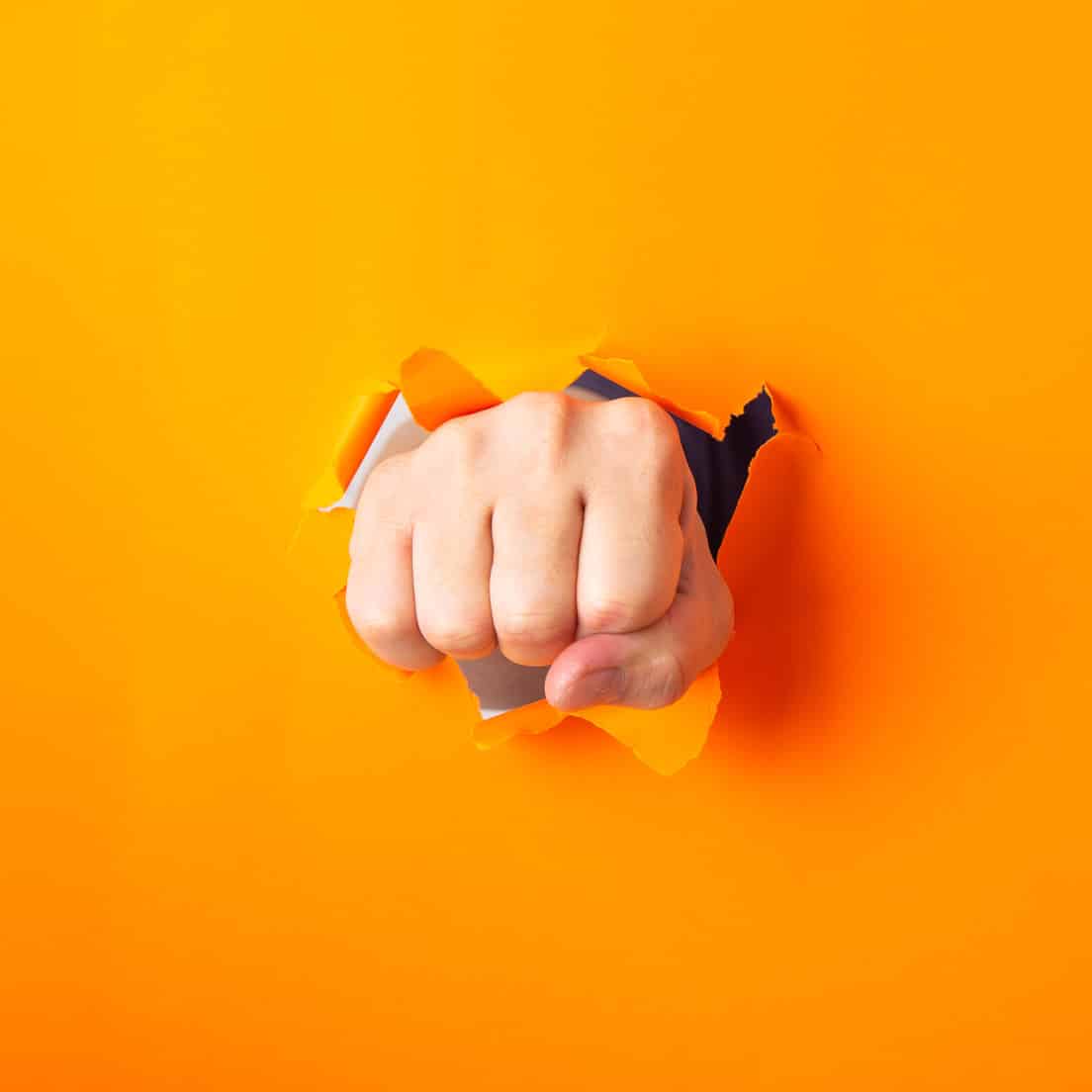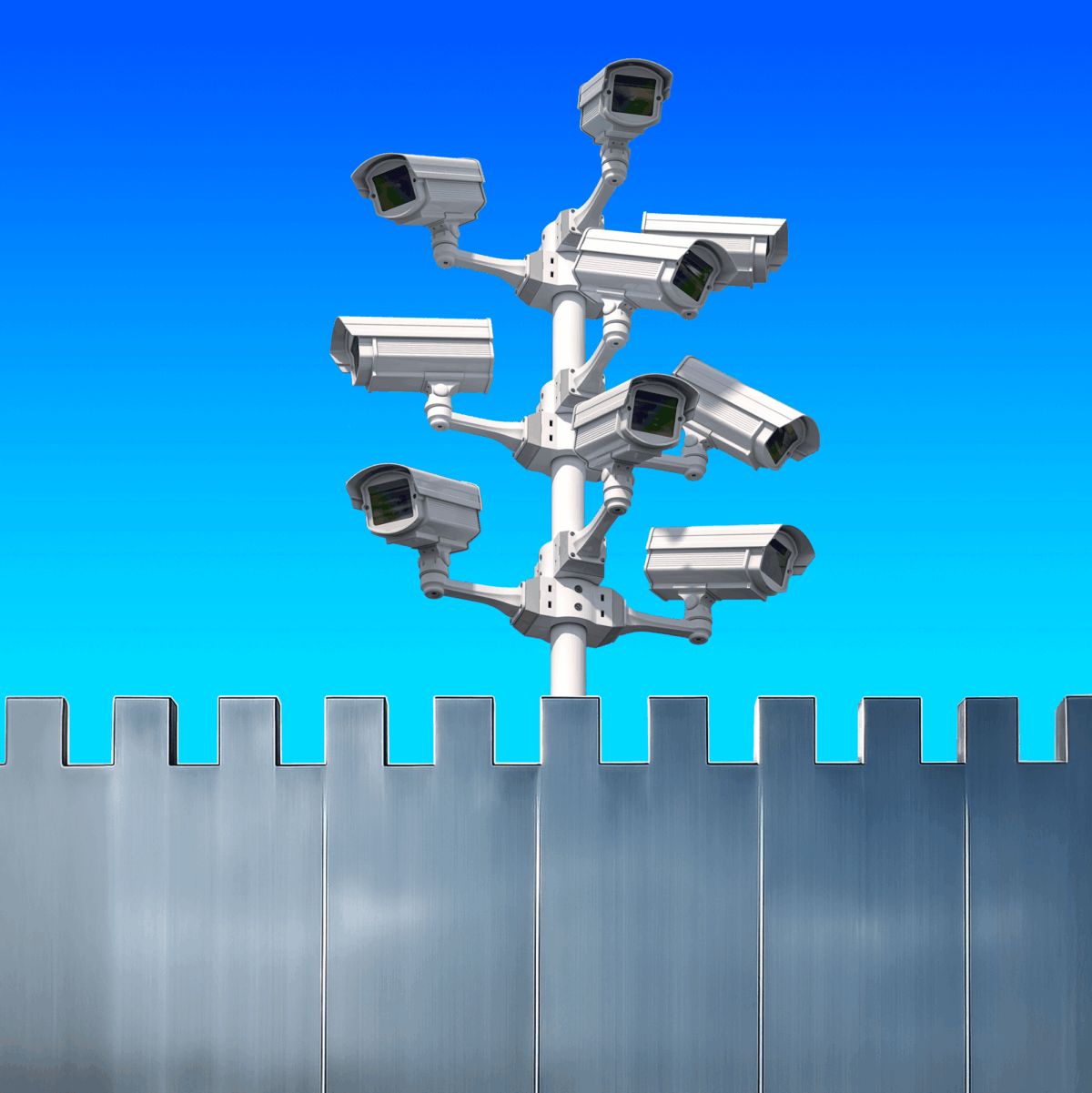Key Takeaway
The difference between JPG and JPEG is only in the file extension – both formats are identical in quality and function. JPG was created for older Windows systems, while JPEG remained the official standard. Today, they are interchangeable across all platforms.
Are you wondering if there’s a real difference between JPG and JPEG? You’re not alone. The short answer? There really isn’t one. These two file extensions refer to the same image format, but a quirk in early Windows systems forced the creation of the shorter “.JPG” version.
In this guide, we’ll clear up the jpg and jpeg difference, explore how these formats evolved, and explain when to use each. We’ll also share tips on format conversion, when to use alternatives like PNG or TIFF, and common myths to avoid.
The History of JPG and JPEG?
The difference between JPG and JPEG is mostly in the name, not the function. JPEG stands for Joint Photographic Experts Group, the organization that developed this widely used image compression format. It became the standard for digital images because of its ability to reduce file size while keeping visual quality intact.
So why does JPG exist? Early Windows versions only allowed three-letter file extensions, so JPEG was shortened to JPG. Meanwhile, Mac and Linux systems supported .JPEG from the start.
Despite the naming difference, these formats work the exact same way. If you’ve ever wondered what is the difference between JPEG and JPG, now you know—it’s just a historical quirk. They both use lossy compression to reduce image size while maintaining visual quality. Today, that restriction no longer exists, and modern operating systems recognize both formats interchangeably. If you’re wondering about the difference between JPEG and JPG, the reality is that it’s just a legacy issue from an older time in computing. Whether your file says .JPG or .JPEG, it’s the same format, with the same compression, quality, and compatibility.
In short: JPG and JPEG are the same thing. So instead of worrying about which one to use, focus on when to use them, and how they compare to other image file types.
When to Use JPG or JPEG (and When to Use Other Formats)
Since JPG and JPEG are the same, you can use either format for web images, social media posts, and general photography. They are great for keeping file sizes small while maintaining decent image quality. But in some cases, other file formats are a better choice.
When to Use PNG (Portable Network Graphics)
PNG is best for images that require transparency, such as logos, icons, and graphics with clear backgrounds. Unlike JPG, it uses lossless compression, meaning it doesn’t lose quality when edited and saved multiple times. However, PNG files are larger, making them less ideal for web images that need fast loading times.
When to Use GIF (Graphics Interchange Format)
GIF is ideal for simple animations and graphics with limited color palettes. It supports transparency and looping animations but is limited to 256 colors, which makes it a poor choice for high-quality photos. Use GIF for short animated clips, memes, or icons where motion is more important than detail or color accuracy.
When to Use SVG (Scalable Vector Graphics)
SVG is best for logos, icons, and illustrations that need to stay sharp at any size. Unlike JPG or PNG, SVG is a vector format, meaning it uses shapes and paths instead of pixels. This makes SVG perfect for responsive web design, as the image remains crisp on all screen sizes without increasing file size.
When to Use TIFF (Tagged Image File Format)
TIFF is a high-quality image format used in professional photography and printing. It preserves all image data without compression, ensuring the maximum detail and color accuracy. Because of its large file size, it’s not practical for websites or casual image sharing.
When to Use RAW Files
RAW files contain unprocessed image data straight from a camera sensor. Professional photographers use RAW because it retains all details, shadows, and highlights, allowing for extensive editing. Unlike JPG, RAW files require processing before they can be shared or printed.
Which Format Should You Use?
- Use JPG/JPEG for everyday photos, web images, and social media.
- Use PNG for transparent graphics and high-quality web design elements.
- Use TIFF for professional print work and high-resolution photography.
- Use RAW for editing flexibility before exporting to another format.
Choosing the right format helps you balance image quality, speed, and usability—whether you’re building a website or editing a photo album.
Frequently Asked Question
Which is better, JPEG or JPG?
Neither is better, because they are the same format. The difference between JPG and JPEG is only in the name, not in quality or performance.
Can I convert a JPEG to a JPG?
Yes! Simply rename the file extension from .JPEG to .JPG, and it will function the same way. Most image software handles this automatically.
Is JPG more high quality?
No, JPEG and JPG are identical in quality. The level of compression used determines image clarity, not the file extension.
Is JPG or JPEG more common?
JPEG is the official standard, but JPG remains widely used due to older Windows naming conventions. Today, both are equally supported.
What are the disadvantages of a JPEG?
JPEGs use lossy compression, meaning some image data is removed to reduce file size. Repeated editing and saving can gradually degrade quality.
Can I convert JPG to PDF?
Yes! Many tools, including built-in OS features and online converters, allow you to easily save or export JPG as a PDF.
Optimize Your Images Like a Pro with Trooper
Choosing the right image format is just the beginning. Proper optimization ensures fast loading times, better SEO, and a seamless user experience. Whether you’re dealing with the difference between JPG and JPEG or other formats, optimizing your images is essential for a high-performing website.
Trooper specializes in compressing, resizing, and formatting images without sacrificing quality. We make sure your visuals look sharp while keeping file sizes small.
Don’t let slow-loading images hurt your site. Contact Trooper today for expert image optimization and digital solutions that make your website faster, sharper, and way more efficient.
Still have questions? Check out our Knowledge Base or Contact Us!





